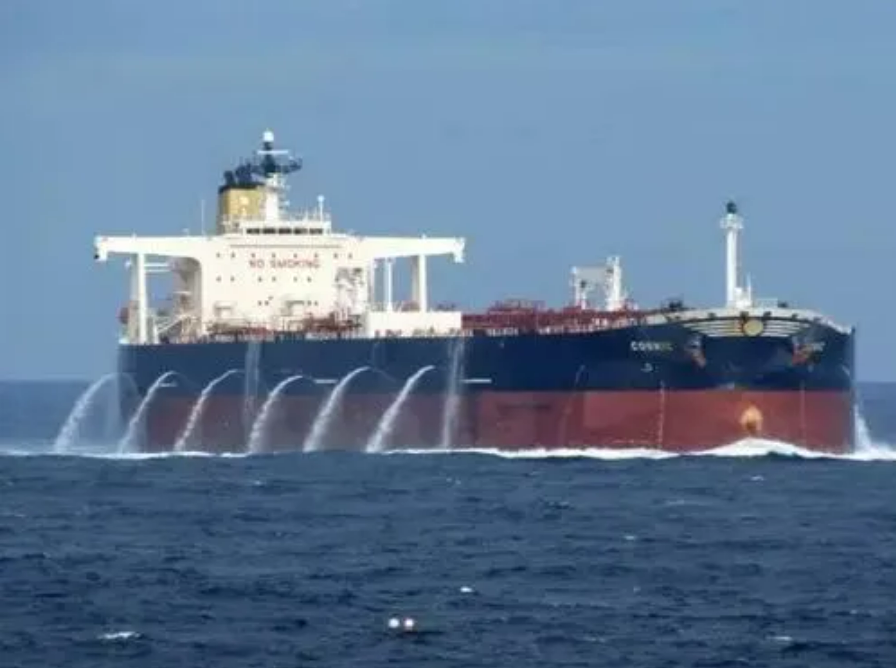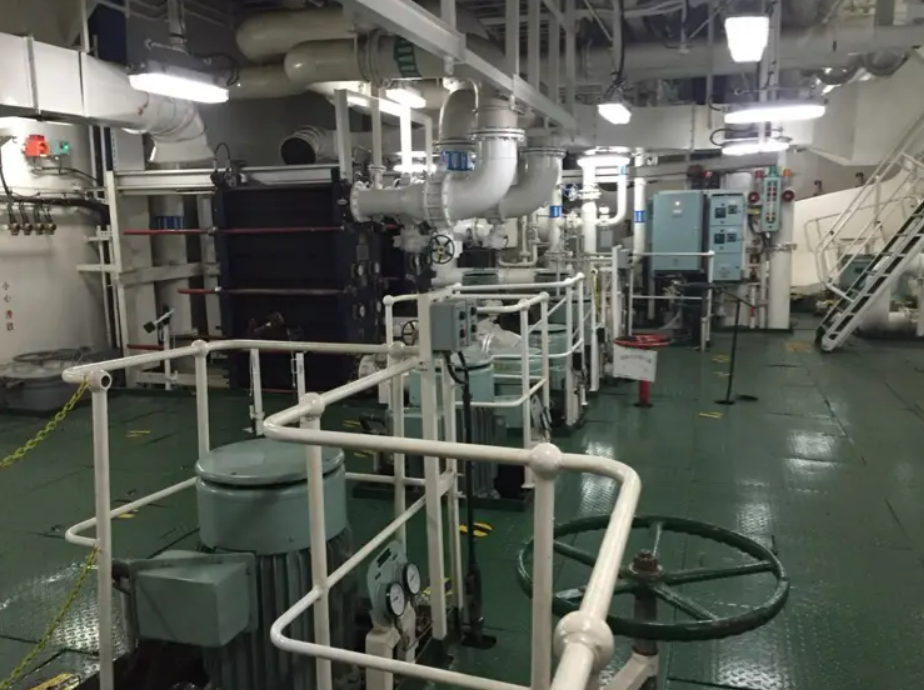
Ships require ballasting systems to ensure their stability, maneuverability, and safety at sea. Ballasting involves filling or emptying a vessel's ballast tanks with water or other fluids to control its weight and trim. The Marine Ballast Water Pump is a critical component of these systems, providing the necessary pressure to move water in and out of the tanks. This article will provide comprehensive information on the Marine Ballast Water Pump, including its types, functions, maintenance tips, and benefits to the marine industry.
Types of Marine Ballast Water Pump:
There are three types of Marine Ballast Water Pump commonly used in ship ballasting systems:
- Centrifugal Pumps - These pumps rely on the centrifugal force created by a spinning impeller to move water.
- Positive Displacement Pumps - These pumps use a series of chambers that fill and empty to move water.
- Eductor Pumps - These pumps use the Venturi effect to create a vacuum that moves water.
Functions of Marine Ballast Water Pump:
The Marine Ballast Water Pump performs the following critical functions in a ship's ballasting system:
- Filling or emptying ballast tanks - The pump moves water in and out of the tanks, controlling the ship's weight and trim.
- Balancing the ship's weight and trim - The pump maintains the proper balance of weight throughout the ship to ensure stability and maneuverability.
- Maintaining the ship's stability and maneuverability - The pump helps to maintain the ship's stability and maneuverability, even in rough seas.
- Stabilizing the ship in rough seas - The pump helps to keep the ship steady in rough seas, reducing the risk of capsizing or other accidents.
- Improving fuel efficiency - The proper use of ballasting systems, including the Marine Ballast Water Pump, can lead to improved fuel efficiency.
- Reducing emissions - Improved fuel efficiency can also reduce emissions, benefiting the environment.
- Preventing corrosion - Ballasting systems can help prevent corrosion by keeping the tanks full of water, reducing exposure to air.

Maintenance Tips for Marine Ballast Water Pump:
To ensure the Marine Ballast Water Pump functions correctly, the following maintenance tips should be followed:
- Regular cleaning - Regular cleaning is necessary to prevent clogging and fouling of the pump.
- Lubrication - Proper lubrication helps to minimize wear and tear on the pump's components.
- Inspection and replacement - Regular inspection and replacement of damaged or worn parts are crucial to ensure the pump operates correctly.
- Regular testing - Regular testing helps to identify any issues with the pump's performance and address them promptly.
- Compliance with regulations and standards - It is essential to comply with international regulations and standards to ensure the proper use of ballasting systems, including the Marine Ballast Water Pump.
Benefits of Marine Ballast Water Pump:
The Marine Ballast Water Pump offers several benefits for the marine industry, including:
- Improved ship stability and safety - Proper ballasting, including the use of the Marine Ballast Water Pump, can improve a ship's stability and safety.
- Increased efficiency and reduced fuel consumption - The proper use of ballasting systems, including the Marine Ballast Water Pump, can lead to improved fuel efficiency and reduced fuel consumption.
- Compliance with international regulations on ballast water management - The Marine Ballast Water Pump helps ships comply with international regulations on ballast water management, reducing the risk of invasive species and other environmental threats.
- Reduced environmental impact
- The proper use of ballasting systems, including the Marine Ballast Water Pump, can also reduce environmental impact by reducing emissions and preventing corrosion.
- Enhanced ship maneuverability - The Marine Ballast Water Pump can help to enhance ship maneuverability, ensuring safe and efficient navigation in all conditions.
FAQs:
Q: Why is ballasting necessary for ships? A: Ballasting is necessary for ships to ensure their stability, maneuverability, and safety at sea. By filling or emptying the ballast tanks, the ship's weight and trim can be controlled, leading to better stability and safety.
Q: What is the role of the Marine Ballast Water Pump in ballasting systems? A: The Marine Ballast Water Pump is a critical component of ballasting systems, providing the necessary pressure to move water in and out of the ballast tanks. It helps to balance the ship's weight and trim, maintain stability and maneuverability, and improve fuel efficiency.
Q: What are the types of Marine Ballast Water Pump? A: The three types of Marine Ballast Water Pump commonly used in ballasting systems are centrifugal pumps, positive displacement pumps, and eductor pumps.
Q: How should the Marine Ballast Water Pump be maintained? A: To ensure the proper functioning of the Marine Ballast Water Pump, it should be regularly cleaned, lubricated, inspected and replaced as necessary, and tested for performance. Compliance with international regulations and standards is also essential.
Conclusion:
The Marine Ballast Water Pump plays a critical role in ship ballasting systems, helping to control the ship's weight and trim, maintain stability and maneuverability, and improve fuel efficiency. Regular maintenance and compliance with international regulations are necessary to ensure the proper functioning of the pump and the safe and efficient operation of ships. The use of ballasting systems, including the Marine Ballast Water Pump, offers several benefits for the marine industry, including improved ship stability and safety, increased efficiency and reduced fuel consumption, compliance with international regulations on ballast water management, and reduced environmental impact.
